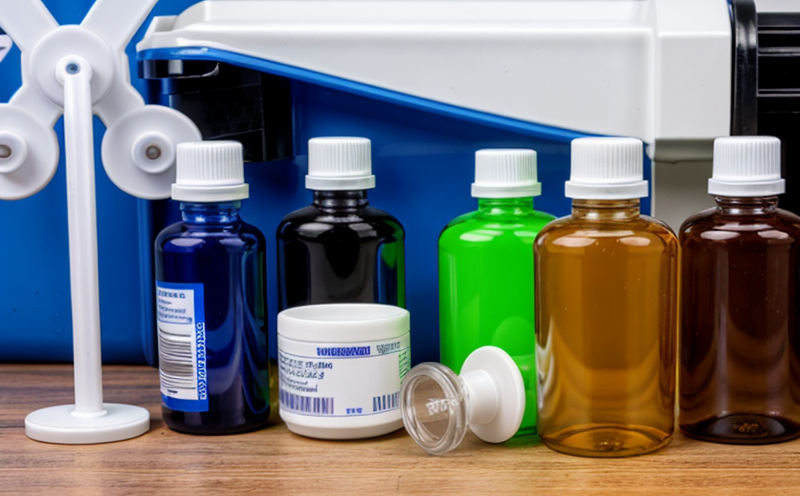EN 16209 Nickel in Pharmaceutical Waste
The European Standard EN 16209 specifies a procedure to determine the nickel content in pharmaceutical waste. This standard is particularly relevant for quality managers, compliance officers, R&D engineers, and procurement specialists who are responsible for ensuring that medical and pharmaceutical waste adheres to stringent environmental regulations.
Pharmaceutical waste management involves complex processes where even trace amounts of metals like nickel can have significant implications on the environment. Nickel contamination in pharmaceutical waste can lead to potential bioavailability issues, affecting soil, water bodies, and ultimately human health if not managed properly. This standard provides a robust methodology for quantifying nickel content, thereby helping stakeholders comply with regulatory requirements.
The procedure outlined in EN 16209 involves several steps including sample collection, digestion using appropriate acids, and subsequent analysis by either flame or graphite furnace atomic absorption spectroscopy (AAS). The accuracy of these methods ensures reliable results that are crucial for informed decision-making regarding waste treatment processes. By adhering to this standard, laboratories can provide accurate nickel content data which helps in optimizing waste management practices.
The importance of this testing cannot be overstated as it plays a vital role in maintaining ecological balance by reducing the risk of metal leaching into natural environments. Compliance with such standards also enhances an organization's reputation for environmental responsibility and sustainable practices. Furthermore, understanding nickel concentrations in pharmaceutical waste allows companies to adopt more efficient disposal methods that minimize adverse impacts on ecosystems.
The application of EN 16209 is not limited to just one aspect but encompasses various stages from initial identification through final reporting. It serves as a guide for all parties involved in managing medical and pharmaceutical waste, ensuring adherence to international standards set forth by bodies such as the European Committee for Standardization (CEN).
By implementing this standard, organizations demonstrate their commitment towards sustainable development goals while simultaneously fulfilling legal obligations under relevant environmental legislation.
Applied Standards
| Standard Code | Description |
|---|---|
| EN 16209 | Determination of nickel in pharmaceutical waste by atomic absorption spectrometry |
| Methodology | Details |
|---|---|
| Sample Digestion | The sample is digested using nitric acid and perchloric acid to ensure complete dissolution of the solid matrix. |
| Analytical Method | Atomic Absorption Spectroscopy (AAS) is used for quantification due to its sensitivity and ability to detect trace levels accurately. |
Benefits
Compliance with EN 16209 offers numerous benefits including:
- Enhanced Environmental Protection: Precise measurement of nickel content helps prevent contamination of soil and water bodies.
- Regulatory Compliance: Adhering to international standards ensures that organizations meet stringent environmental regulations set by governing authorities.
- Improved Product Quality: Reduced nickel levels in waste streams contribute towards maintaining the integrity and efficacy of pharmaceutical products.
- Sustainable Business Practices: Implementation fosters a culture of sustainability among employees, leading to long-term cost savings through efficient resource utilization.
In summary, adopting EN 16209 Nickel in Pharmaceutical Waste not only supports environmental conservation efforts but also strengthens an organization's position as a leader in sustainable practices within the medical and pharmaceutical industries.
Environmental and Sustainability Contributions
The implementation of EN 16209 Nickel in Pharmaceutical Waste contributes significantly to environmental sustainability by:
- Minimizing Pollution Risks: Accurate quantification allows for targeted interventions that reduce the risk of nickel leaching into ecosystems.
- Promoting Circular Economy Principles: By optimizing waste management processes, organizations can recycle and reuse materials more effectively.
- Supporting Green Initiatives: Compliance with this standard aligns an organization's activities with broader global initiatives aimed at reducing carbon footprints and promoting greener alternatives.
This standard thus serves as a cornerstone for fostering sustainable practices within the medical and pharmaceutical sectors, ultimately contributing to healthier living conditions both locally and globally.





